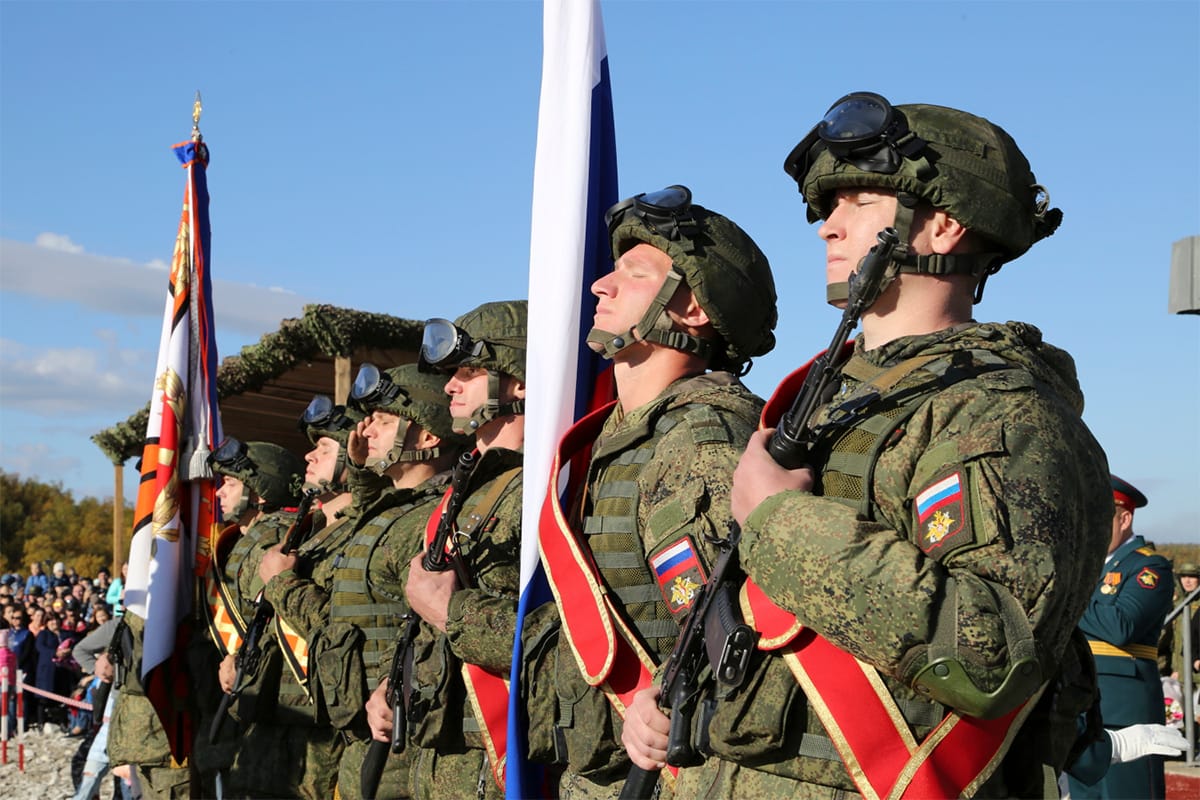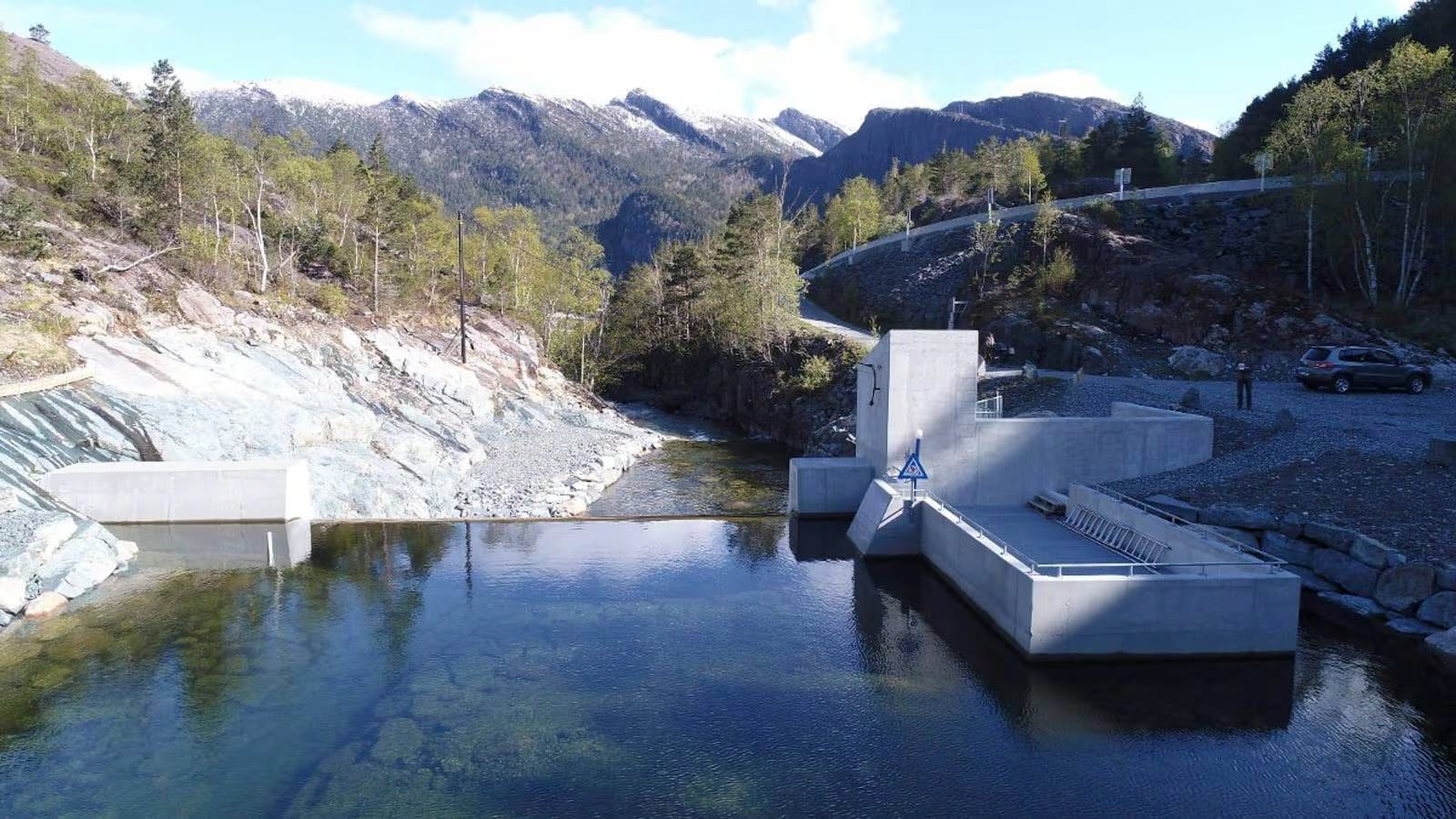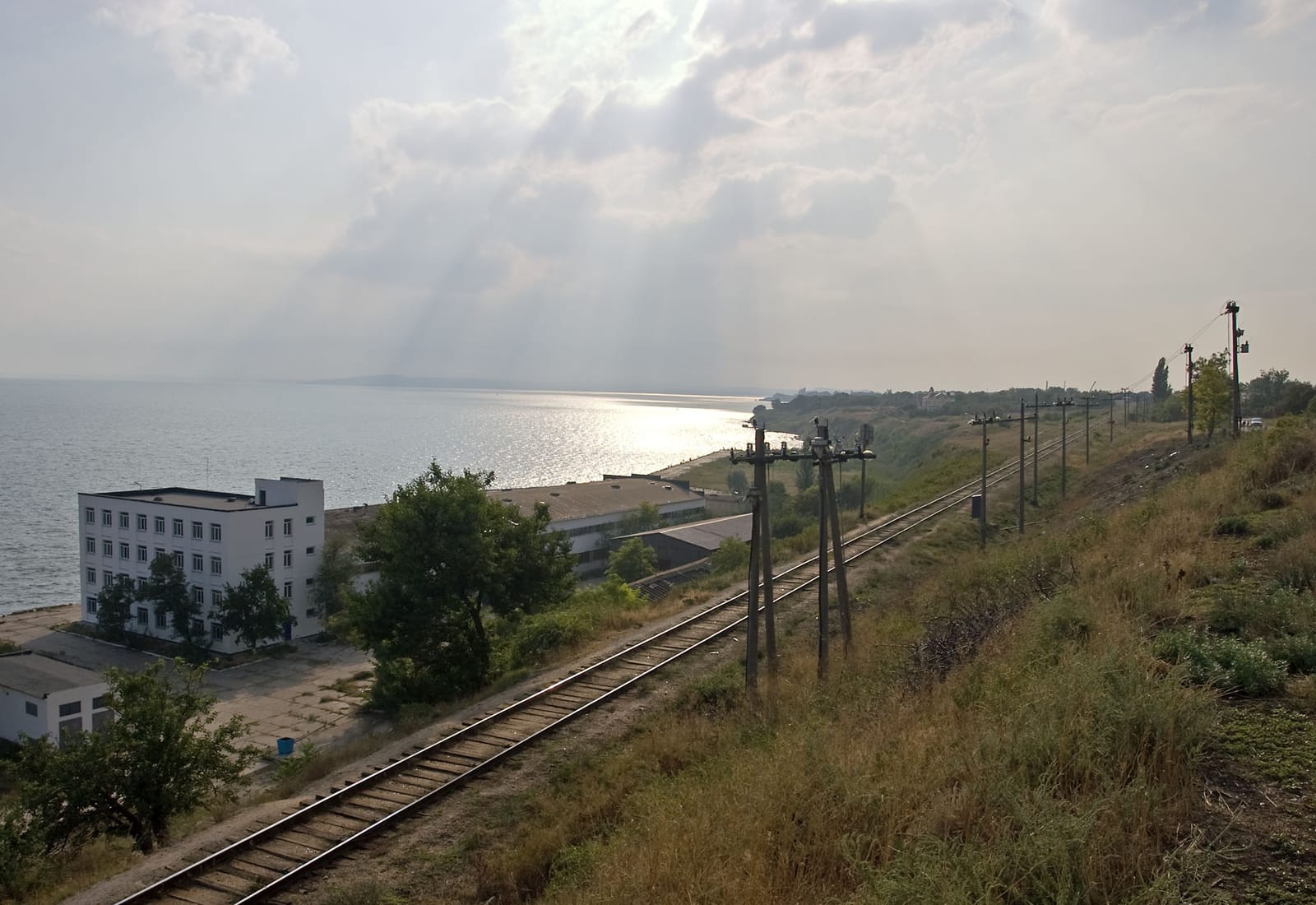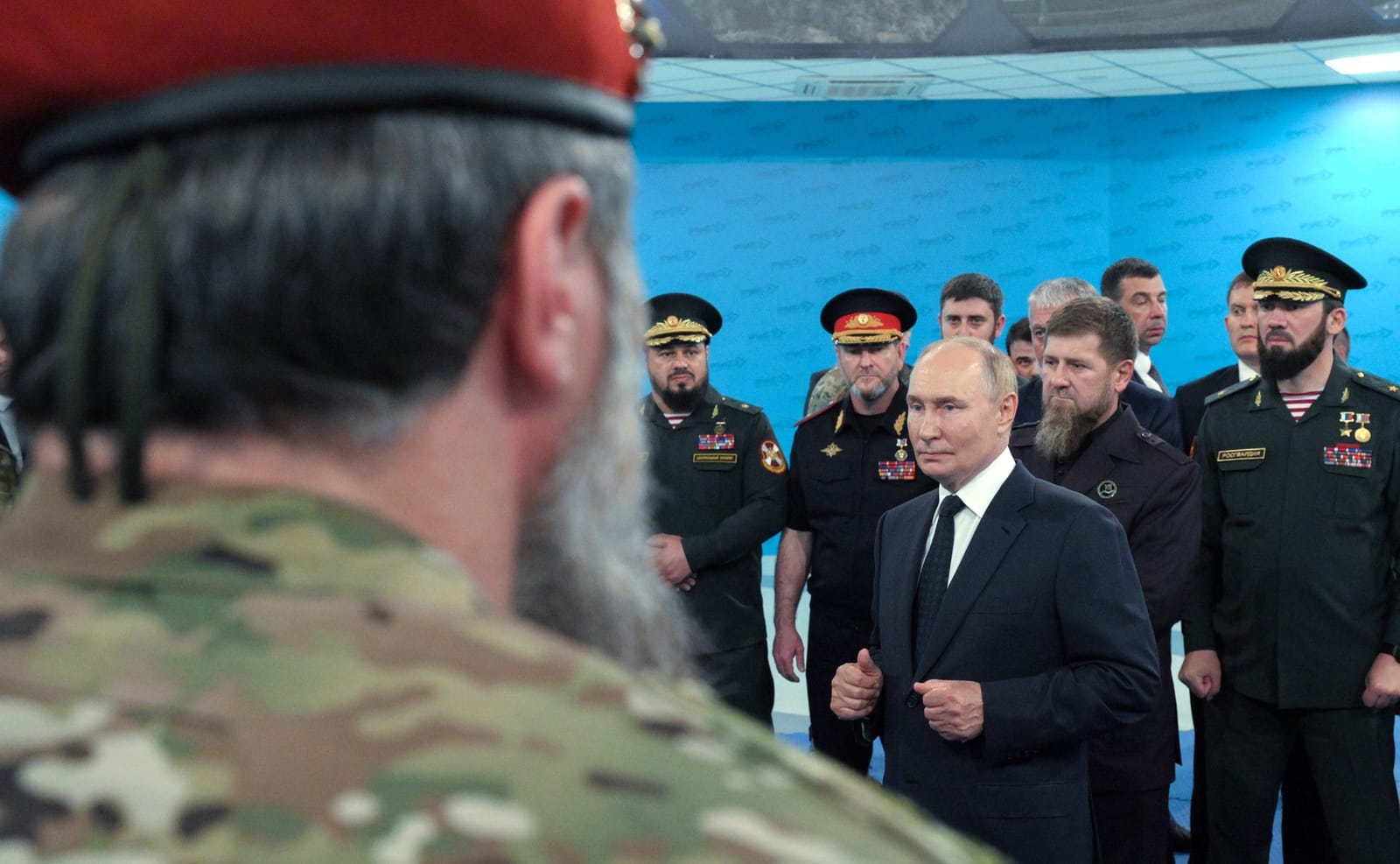A prevalent argument after the 2022 full-scale invasion of Ukraine is that the Kremlin does not fear NATO because the borderlands with NATO countries were largely emptied during the invasion. In other words, if the invasion was triggered by NATO expansions and a genuine concern about aggressive actions by NATO, Russia would not dare to leave their borders significantly weakened by moving land units normally garrisoned there to Ukraine. However, this conclusion is arguably superficial and misunderstands important facets of the Russian threat perception. As this text will demonstrate; while the argument seems intuitively viable, it rests on several questionable assumptions. Additionally, given that this is true, what should concern NATO the most is not so-called hybrid threats or an invasion of a re-built Russian armed forces in several years, but a pre-emptive attack today, triggered by a peculiar Russian threat perception.
Three of the most central misunderstood assumptions will be presented in the following text. First of all, the approach of accepting risk in one front sector in order to be decisive in another sector is neither new nor hard to grasp. Moving available forces from borders with NATO to be used in an invasion of Ukraine is understandable in a risk-gain perspective. The fact that the Kremlin deployed nearly all its available forces to the Ukraine operation, indicates such risk-taking. While Russian conscripts cannot be legally used outside Russian borders, the Russian invasion force had to consist of contracted soldiers, usually organized in so-called BTGs.
In early 2022, the “measurement” normally used for describing the scale of Russian deployments was the number of these BTGs. While the actual number of BTGs deployed to Ukraine remains uncertain, some open-source analyses indicate that around 120-130 were used in the initial phase of the invasion [i]. In August 2021, Defense Minister Shoigu boasted that the Russian Armed Forces had 168 BTGs available [ii]. Thus, given these numbers, around 75 percent of the available land forces were used in the initial phase of the invasion. As Shoigu’s number could easily be bloated, the percentage would be even higher. This permits the application of a test: the location of the few forces that were left garrisoned as the invasion started would give a strong indication of which areas the Kremlin defined as vulnerable. In other words, were the Russian forces proportionally taken from the whole country or do the borderlands with NATO stand out?
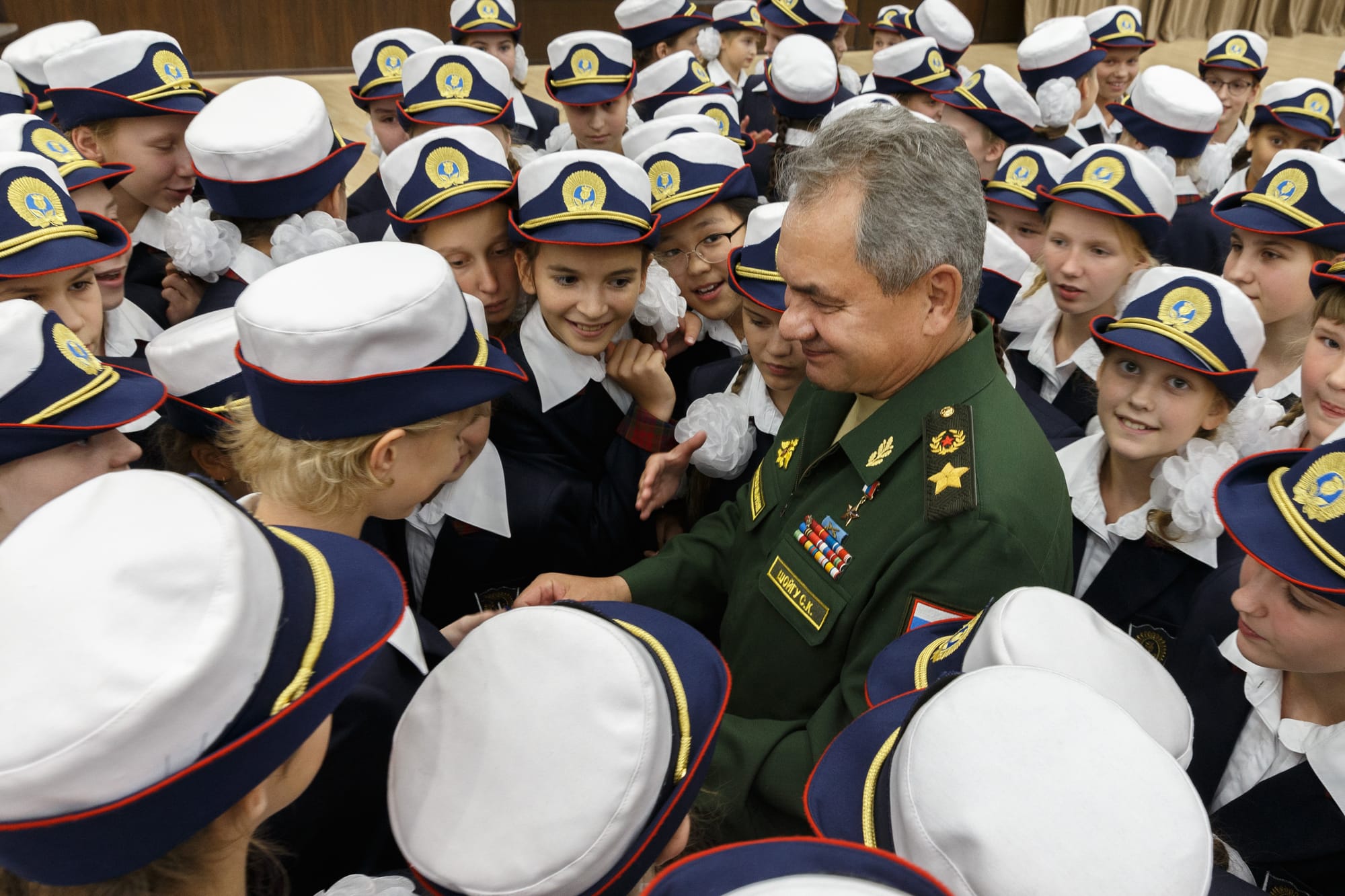
Importantly, the elite units in the Russian Armed Forces, primarily the airborne forces (VDV), the naval infantry, and spetsnaz, would naturally be part of an invasion of such a scale as the invasion of Ukraine – regardless of where they might be garrisoned. Their combat readiness, special capabilities and role in “propping up” regular army forces would expectedly make them an invaluable part of a large-scale invasion. Thus, that BTGs from the 61 Naval Infantry Brigade from the border with Norway, the 336 Naval Infantry Brigade from Kaliningrad, and the 76 Guards Air Assault Division in Pskov close to the Latvian border were moved away from their garrisons close to NATO territory is not surprising. However, from what can be known from open sources, Russian regular units located close to NATO borders were largely held back. In Kaliningrad, the18 Motor Rifle Division, with its four regiments, and the 7 Independent Motor Rifle Regiment were not moved to Ukraine until late April [iii]. A sober assessment would be that these five regiments would be able to generate ten BTGs. These forces would alone have increased the invasion force by almost ten percent and constituted more than 25 percent of the remaining available land forces.
On the Kola Peninsula, the 200 Motor Rifle Brigade took part in the initial invasion force; however, this regular unit was prioritized with more contract soldiers and seems to have been used in a similar fashion to the elite forces earlier. For example, one of the eight BTGs that intervened into Donbas in August 2014 was mixed with forces from the 61 Naval Infantry Brigade and the 200 Motor Rifle Brigade, both garrisoned in the Russian Arctic [iv]. The other regular unit on the Kola Peninsula was the 80 Arctic Motor Rifle Brigade which was not sent to Ukraine until May 2022 [v]. Finally, perhaps unfamiliar to some, the Russian forces in the Russian Far East are also close to NATO territory (USA) and US allies (South Korea and Japan). Additionally, the Khabarovsk-Vladivostok area is crucial for Russian power projection in their country’s easternmost parts and also vulnerable to both US and Chinese threats. Consequently, the forces of the 5 Combined Arms Army, the primary regular land force in the Khabarovsk-Vladivostok area, seem to have been held back during the initial phase of the invasion [vi]. While all these regular units were eventually deployed to Ukraine, it was not until extreme casualties in Ukraine forced the Russians to do it. Additionally, the Kremlin chose to abandon the objective of capturing Kyiv rather than deploying these forces – they were all sent after the withdrawal from Northern Ukraine in early April. In fact, reinforcements from South-Ossetia and Abkhazia were moved to Ukraine before units at NATO borders [vii].

The only case that seems to go against this pattern is the deployment of several BTGs from the 6 Combined Arms Army in the St Petersburg area. While these forces are garrisoned in the vicinity of NATO-borders in the Baltics, several BTGs were reportedly participating in the initial phase of the invasion [viii]. However, the military potential of the Baltic states, combined with the defendable nature of the border between the Russian Federation and Estonia and Latvia, can explain this anomaly. Consequently, scrutinizing the claim that the Kremlin emptied their border regions towards NATO in February 2022, the picture is less clear than a first impression may portray. As shown above, looking more closely at which areas were prioritized, the borderlands with NATO actually stand out. However, an argument can also be made that empty borderlands, by themselves, is not a strong indication of a lack of concern. Russian strategic culture and threat perception do not necessarily require land forces at the border for defense.
Thus, the second assumption, fundamental to the argument that the Kremlin did not fear NATO, is that the imagined threat would be a land invasion of Russia. However, the prevalent Russian threat perception in the period leading up to the 2022 invasion did not emphasize a NATO land invasion. On the contrary, Gerasimov’s warnings, presented in his infamous speeches to the Russian Academy of Military Sciences [ix], emphasized precisely that expecting modern conflicts to follow traditional patterns, i.e. conventional land invasions, would not be sufficient. What Russian formal documents and strategic literature emphasized were two principal threats from the West: Firstly, the use of subversive methods to mobilize the internal protest potential in a country, conceptualized through terms such as “color revolutions” and “Trojan horse” approaches, has been prevalent in the Russian threat perception for more than a decade [x]. Secondly, a NATO surprise attack with long-range precision-strike weaponry, with the potential of disarming the Russian Federation, is seen as one of the gravest threats in the Russian threat perception. They expect that, in a war with NATO, the opening period will be characterized by massive use of missiles and aircraft. To survive the initial wave of precision-strike weaponry, and then strike back, is seen as the primary challenge in a conflict with NATO [xi]. None of these threats would be stopped by Russian ground forces at the border.
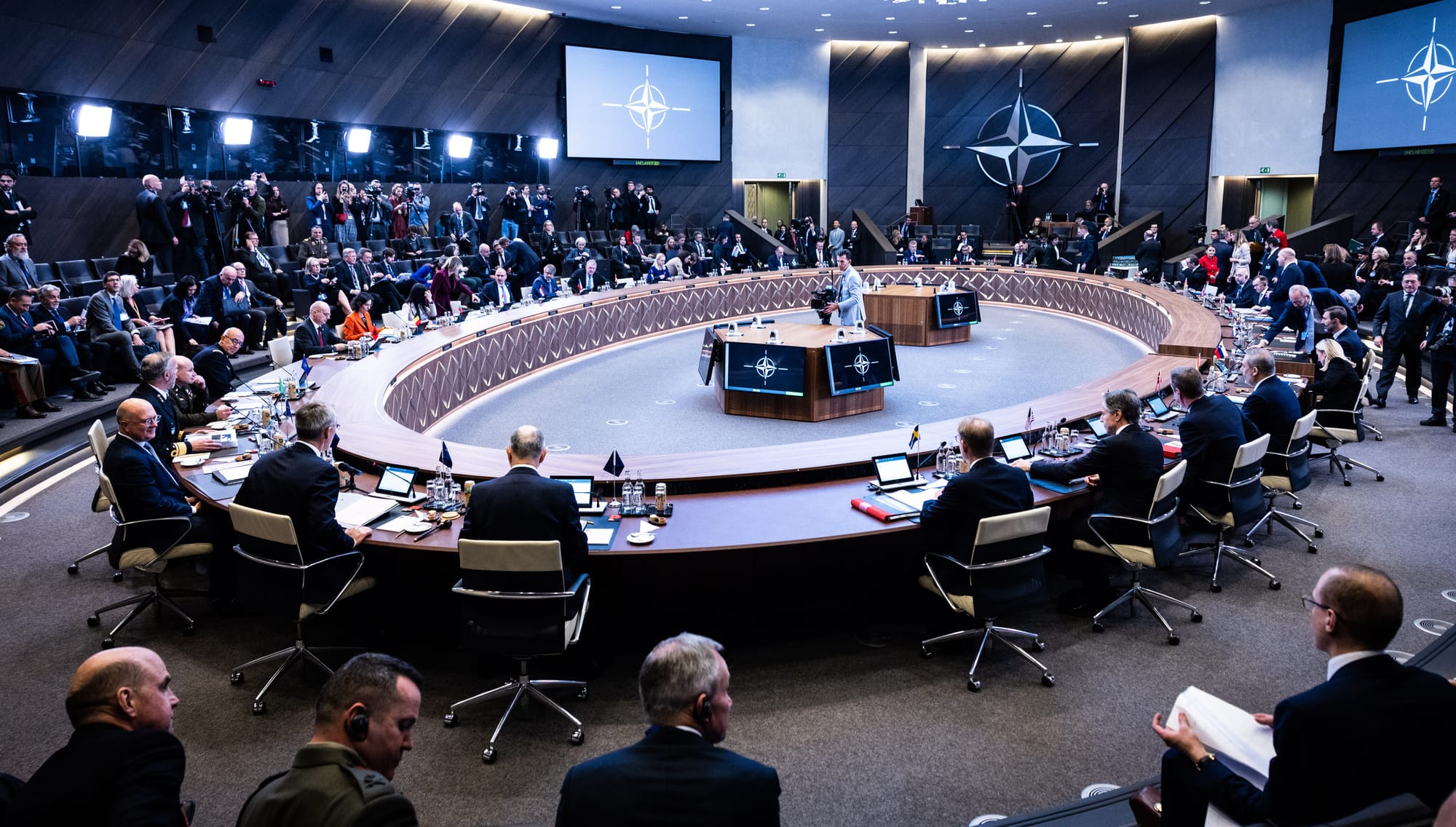
It is perhaps difficult to believe that the Kremlin genuinely sees NATO as a military threat, but it is specifically defined in Russian formal documents and military theoretical literature. As Keir Giles puts it:
It is the nature of this threat perception that is especially hard for Western politicians and decision makers to comprehend and therefore adjust for. A defining feature of Russia’s view of the world throughout history has been the assumption that foreign powers are plotting to invade. [xii]
In other words, the Russians viewed a Western-designed subversive strategy, a massive strike with precision weapons, or a combination thereof, as possible threats to their country. Both threats are extensively described in their military doctrine and military-theoretical literature.
Thirdly, and perhaps most importantly, the Russians see themselves as having an advantage over their potential adversaries in their ability to predict threats before they materialize and then exploit their perceived higher combat readiness and strategic mobility to concentrate combat power at the required point in space and time. Strategic forecasting, strategic surprise and preemption, and the exploitation of the initial period of war are fundamental and lasting concepts in Russian military thinking [xiii]. A report from the CNA Corporation describes the Russian strategic approach:
Russia’s understanding of conflict periodization is equally crucial. This understanding is based on assessments of the political-military situation and purportedly allows military leadership to forecast the onset of conflict, prepare forces accordingly, and, if necessary, conduct preemptive operations. Success in the so-called Initial Period of War … is considered crucial to Russia’s overall fortunes in conflict, especially because of Russia’s self-assessed capacity shortages vis-à-vis NATO, its chief rival. [xiv]
In other words, if NATO were to prepare for a surprise attack by building up offensive land forces at the border of the Russian Federation, the Russians would expect to beat them to it. Even the notion that the garrisons at the border have a defensive function is questionable. Their location well within striking distance from the border indicates that they are assembly areas for offensive operations rather than defensive positions in case of enemy surprise attacks. Being caught in garrison by artillery fire in the initialization of hostilities would make little military sense.
See a lecture on the topic by Osflaten:
In Russian eyes, their best defense is the establishment of substantial strategic reserves in order to be able to pre-empt and surprise its opponent. While the size of Russian strategic reserves, including capabilities such as stocks of long-range land-attack missiles, cannot be ascertained with open sources, their scale would in fact better indicate how concerned they are about NATO interventions than land forces retained at the border. In other words, to what degree the Russians have retained combat potential in strategic reserves, which could rather have been used against Ukraine towards ending the war, would strongly indicate to what degree they feared NATO.
Given that this description of the Russian threat perception is correct, the most dangerous time for armed confrontation between the Russian Federation and NATO is now and not years into the future. The inferior Russian military potential in a protracted conflict and its strategic vulnerability, especially in the Baltics, combined with their strategic culture, can trigger a pre-emptive response if the Russians perceive that war with NATO is highly likely or unavoidable. A RAND report about Russian strategic forecasting, published immediate before the 2022 full-scale invasion, stated that:
An implication of this [perception of subversive threat from NATO] is that Russia is likely to act preemptively and potentially forcefully to a potential scenario that suggests the repetition of what it has observed in Iraq, Libya, and Ukraine [NATO interventions]. The intensity and scale of the reaction may depend on the degree of threat to Putin’s hold on power or on the loss of influence in areas of strategic interest for the Kremlin. [xv]
Consequently, the view of NATO as a credible threat and the emphasis on pre-emption in Russian strategic culture makes very unlikely the so-called Narva scenario, in which Russian forces take possession of limited NATO territory to challenge the alliance’s cohesion. It simply gives few advantages, but instead enormous risks. A limited Russian incursion will most likely mobilize NATO countries. Even the Baltic countries alone, including Poland, are strong enough to create severe challenges for Russian power projection into the Baltics. Even if a limited incursion into NATO territory succeeded in avoiding a larger conflict and thus clarifying lacking commitments to article 5 within the Alliance, there is no reason why the Russian next step will not escalate the conflict with NATO. On the contrary, then some, if not all, NATO countries would have had the time to prepare politically and militarily and issue “red lines”. There is no need for consensus within the Alliance to start fighting; however, when the conflict escalates into open war, it will be very difficult to stay out of it. In such a situation, the Russian strategic position would be extremely vulnerable. They would have mobilized NATO but still not resolved their precarious strategic position in the Baltics. NATO combat power would likely be deploying into the area, isolating Kaliningrad without any prospects of quickly establishing land lines of communication in extremis. NATO would threaten St. Petersburg from two directions, potentially attacking from NATO-territory 150 km from the city’s geographical center, and the Baltics would potentially act as a staging area for attacks on Russian heartlands. As NATO’s conventional military potential is far greater than that of the Russians, it will only be a matter of time before the correlation of forces is insufficient for a Russian defense in the Baltics. Seen from the Russian side, the only option left would involve the use of nuclear weapons. Thus, seen from the Kremlin, the time to strike would optimally be preemptively early in a NATO build-up of forces.
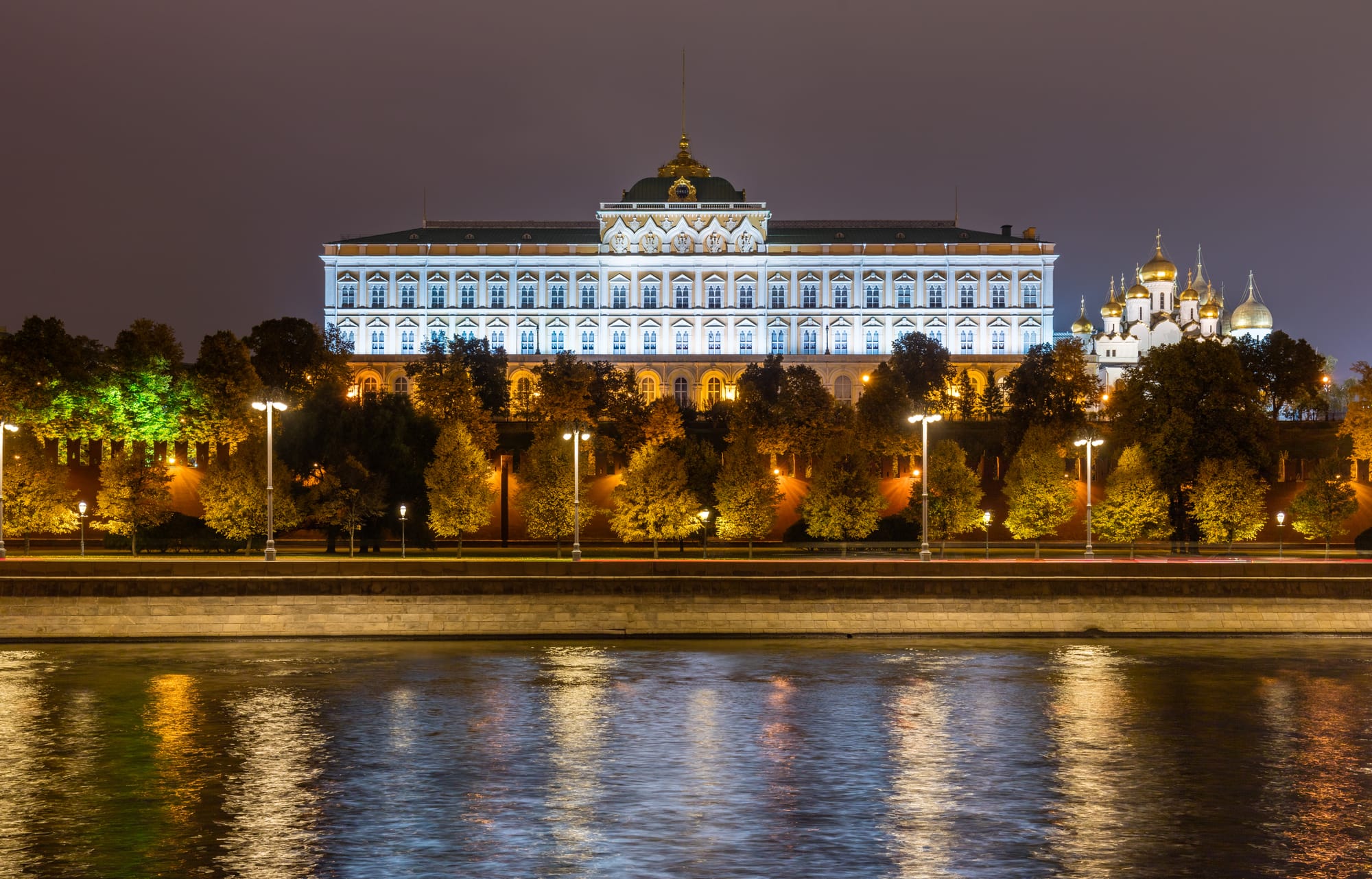
Thus, if the Kremlin sees war with NATO as highly likely or unavoidable, they may seek to pre-empt the outbreak of hostilities in order to quickly achieve a strategically defendable position, i.e. a position from which they can negotiate a favorable cease-fire agreement or escalate to nuclear warfare. In this pre-emptive attack, Russian forces, utilizing high combat readiness and strategic mobility to achieve strategic surprise, will try to achieve limited objectives such as closing the “Suwalki gap” and establish land lines of communications with Kaliningrad; seize or dominate the Baltic countries in order to move the defensive line south into Polish territory; occupy defensive lines in the borderlands of Norway and Finland; seize strategically important areas such as the Svalbard archipelago; destroy NATO long-range precision-strike capabilities; and destroy critical infrastructure in Europe. While such a drastic escalation seems completely reckless and self-defeating from our perspective, it is a plausible consequence of the Russian threat perception and strategic culture. To dismiss it would be akin to the dismissal of a Russian invasion of Ukraine in January 2022 because the Russians would not be that crazy or stupid.
A common misconception is that Russia needs to rebuild their forces to accomplish such a pre-emptive attack. This would make sense if Russian actions were driven by an expansionist and imperialist motivation. However, if they believe that an attack on NATO is necessary to ensure national security, the picture looks very different. Ukrainian intelligence reported in June 2025 that there were 700,000 Russian soldiers in Ukraine. Because Russian forces were in continuous offensive operations on several fronts, a large portion of this force could be made available if Russian forces transitioned into a defensive posture [xvi]. Of the 700,000 Russian soldiers, as few as 200,000 could be required to hold the front line at any given time. In an offensive posture, the rest of the force is either reconstituting or preparing away from the front line or have a combat support role.
Consequently, if the Russians were to go back to a defensive mode in Ukraine, up to 500,000 soldiers would be made available for offensives elsewhere. Additionally, the same reporting claimed that there was a strategic reserve, available for operations in Ukraine, constituting 120k soldiers in 13 divisions [xvii]. There are also indications that the Russians are stockpiling long-range missiles and modern armored vehicles such as T-90M, and that they are using North Korean ammunition in Ukraine to put their better quality, domestically produced ammunition in storage. Leaving the Russian forces in Ukraine in a defensive mode, a land force, consisting of close to half a million soldiers, can be shifted towards NATO borders. This transfer of combat-ready and battle-hardened units can be done in a short timeframe – surely more swiftly than comparable NATO forces can be deployed and fielded in the same area. While the military potential of the NATO alliance dwarves the Russian potential, the combat power immediately available to defend against a Russian surprise attack is relatively limited. While Russian soldiers in 2022 were somewhat surprised and perplexed that they suddenly found themselves in combat in Ukraine, a Russian invasion force attacking NATO today will know exactly what they are facing. The good news is that both Russia and NATO see themselves as vulnerable and defensive, the bad news is that precisely this feeling of vulnerability may cause accelerating security dilemmas in Europe.
FOOTER
[i] Michael Kofman and Rob Lee, “Not Built for Purpose: The Russian Military’s Ill-Fated Force Design,” War on the Rocks, 2022, https://warontherocks.com/2022/06/not-built-for-purpose-the-russian-militarys-ill-fated-force-design/; “Russia’s Army Is in a Woeful State,” April 30, 2022, https://www.economist.com/briefing/how-deep-does-the-rot-in-the-russian-army-go/21808989.
[ii] “Russian Army Operates around 170 Battalion Tactical Groups — Defense Chief,” TASS, 2021, https://tass.com/defense/1324461.
[iii] “Russian Units of 18th MRD Transferred from Kaliningrad Oblast to the East of Ukraine,” InformNapalm, 2022, https://informnapalm.org/en/russian-units-of-18th-mrd-transferred-from-kaliningrad-oblast-to-the-east-of-ukraine/.
[iv] General Staff of the Armed Forces of Ukraine, “Analiz Vedennya Antiterorstichnoi Operatsii Ta Naslidkiv Vtorgnennya Rosiys’koi Federatsii v Ukrainu u Serpni-Veresni 2014 Roku [in Ukrainian] [Analysis of the Anti-Terror Operation],” Facebook, 2015, https://www.facebook.com/GeneralStaff.ua/posts/%D0%B0%D0%BD%D0%B0%D0%BB%D1%96%D0%B7-%D0%B2%D0%B5%D0%B4%D0%B5%D0%BD%D0%BD%D1%8F-%D0%B0%D0%BD%D1%82%D0%B8%D1%82%D0%B5%D1%80%D0%BE%D1%80%D0%B8%D1%81%D1%82%D0%B8%D1%87%D0%BD%D0%BE%D1%97-%D0%BE%D0%BF%D0%B5%D1%80%D0%B0%D1%86%D1%96%D1%97-%D1%82%D0%B0-%D0%BD%D0%B0%D1%81%D0%BB%D1%96%D0%B4%D0%BA%D1%96%D0%B2-%D0%B2%D1%82%D0%BE%D1%80%D0%B3%D0%BD%D0%B5%D0%BD%D0%BD%D1%8F-%D1%80%D0%BE%D1%81%D1%96%D0%B9%D1%81%D1%8C%D0%BA%D0%BE%D1%97-%D1%84%D0%B5%D0%B4/493305590838703/.
[v] Olivia Sapwood, “The Russian Federation Dispatches to Ukraine the 80th Separate Arctic Motor Rifle Brigade from the Finnish Border despite the Country’s Accession to NATO,” Militarnyi (blog), 2022, https://militarnyi.com/en/news/the-russian-federation-dispatches-to-ukraine-the-80th-separate-arctic-motor-rifle-brigade-from-the-finnish-border-despite-the-country-s-accession-to-nato/.
[vi] Julian Lindley, “Where Is the Russian Army?,” SAGE International, 2022, https://sageinternational.com.au/general-discussion/where-is-the-russian-army/.
[vii] Vadim Kushnikov, “Russia Is Moving Troops from Abkhazia and South Ossetia to Ukraine,” Militarnyi (blog), 2022, https://militarnyi.com/en/news/russia-is-moving-troops-from-abkhazia-and-south-ossetia-to-ukraine-cnn/.
[viii] Mason Clark, George Barros, and Katya Stepanenko, “Russian Offensive Campaign Assessment, February 25, 2022” (Washington DC: Institute for the Study of War, 2022), https://www.understandingwar.org/backgrounder/russia-ukraine-warning-update-russian-offensive-campaign-assessment-february-25-2022; Mason Clark, George Barros, and Katya Stepanenko, “Russian Offensive Campaign Assessment, February 26, 2022” (Washington DC: Institute for the Study of War, 2022), https://www.understandingwar.org/backgrounder/russia-ukraine-warning-update-russian-offensive-campaign-assessment-february-26.
[ix] V. V. Gerasimov, “Tsennost’ Nauki v Predvidenii [The Value of Science Is in the Foresight],” Voyenno-Promyshlennyy Kur’yer, 2013, https://aillarionov.livejournal.com/704238.html?; V. V. Gerasimov, “Vektory Razvitiya Voyennoy Strategii [The Vector of Development of Military Strategy],” Krasnaia Zvezda, no. 24 (2019), https://dlib-eastview-com.libproxy.kcl.ac.uk/browse/doc/52886228; see Michael Kofman et al., Russian Military Strategy: Core Tenets and Operational Concepts (Arlington VA: CNA, 2021), 10–14, https://www.cna.org/archive/CNA_Files/pdf/russian-military-strategy-core-tenets-and-operational-concepts.pdf for commentary.
[x] see for example Samuel Charap et al., “Russian Grand Strategy: Rhetoric and Reality,” August 16, 2021, 25–26, https://www.rand.org/pubs/research_reports/RR4238.html; Keir Giles, Moscow Rules: What Drives Russia to Confront the West (Brookings Institution Press, 2019), 35–49, https://www.jstor.org/stable/10.7864/j.ctt20d87f8; Kofman et al., Russian Military Strategy: Core Tenets and Operational Concepts, 26–27.
[xi] Kofman et al., Russian Military Strategy: Core Tenets and Operational Concepts, 21–25.
[xii] Giles, Moscow Rules, 36.
[xiii] see for example Stephen Covington, “The Culture of Strategic Thought Behind Russia’s Modern Approaches to Warfare” (Belfer Center for Science and International Affairs, 2016), http://search.proquest.com/docview/1923919377/?pq-origsite=primo; Nicolo’ Fasola, “Russia’s Way of War: Reinterpreting Russian Strategic Culture” (PhD, Birmingham, University of Birmingham, 2023); Engin Yüksel, “The Continuity and Discontinuity of Fundamental Military Concepts in Russian Military Thought Between 1856 and 2010” (PhD, Leiden, The University of Leiden, 2023), https://scholarlypublications.universiteitleiden.nl/handle/1887/3512742.
[xiv] Michael Petersen, Paul Schwartz, and Gabriela Iveliz Rosa-Hernandez, “Russian Concepts of Future Warfare Based on Lessons from the Ukraine War” (CNA Corporation, 2025), 6, https://www.cna.org/analyses/2025/08/russian-concepts-of-future-warfare-based-on-lessons-from-the-ukraine-war.
[xv] Clint Reach et al., “Russian Military Forecasting and Analysis: The Military-Political Situation and Military Potential in Strategic Planning,” Policy File (RAND Corporation, 2022), 113.
[xvi] Vladyslava Kovalenko, “Syrskyi Warns: Russia Stockpiling Reserves for Prolonged War,” RBC-Ukraine, June 22, 2025, https://newsukraine.rbc.ua/news/syrskyi-warns-russia-stockpiling-reserves-1750581992.html.
[xvii] Kovalenko.
Photo: Wikimedia commons

